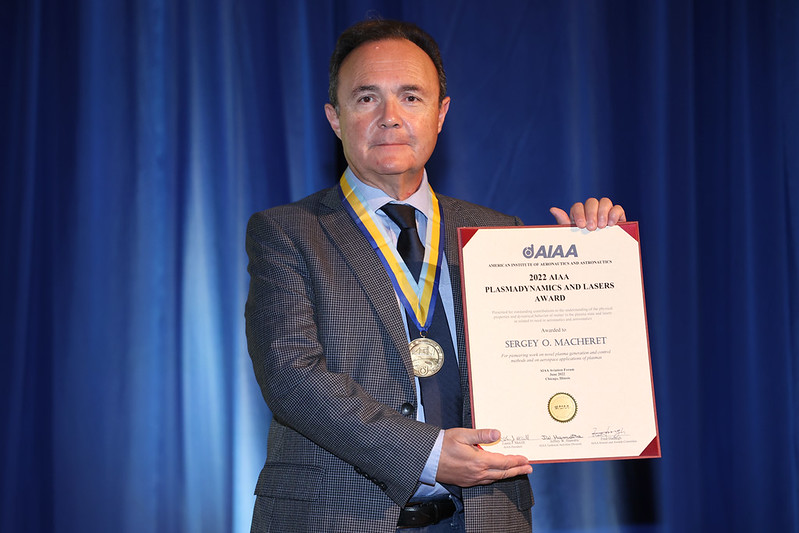Dr. Sergey Macheret stands at the forefront of plasma science and aerospace engineering, distinguished by his groundbreaking work in academia and the industry. Hailing from Kiev, Ukraine, Dr. Macheret acquired his M.S. in Physics from the Moscow Institute of Physics and Technology, followed by a Ph.D. in Plasma Physics and Plasma Chemistry from the Kurchatov Institute of Atomic Energy. His career has been marked by his work at esteemed institutions including Ohio State University, Princeton University, and Purdue University, where he spearheaded the development of novel plasma-based technologies with broad applications.
Beyond academia, Dr. Macheret has made impactful contributions to aerospace engineering, particularly during his time with Lockheed Martin’s Skunk Works, where he engaged in sophisticated aerospace projects. In 2023, he launched US Plasma Engineering LLC, a venture aimed at transforming various sectors through innovative plasma technologies. Recognized as a Fellow of the American Institute of Aeronautics and Astronautics, Sergey Macheret actively shapes the future of his field through his research and leadership, continuing to push the boundaries of knowledge and application in plasma science.
What inspired you to start US Plasma Engineering LLC?
I saw a significant opportunity to bridge the gap between research and practical applications in plasma technology. US Plasma Engineering LLC was founded to capitalize on this potential, aiming to transform theoretical plasma innovations into tangible solutions that can benefit various industries.
How does plasma technology impact everyday life?
Plasma technology is more integral to daily life than most people realize. It’s used in everything from the manufacturing of semiconductor devices and display panels to medical sterilization and environmental decontamination. These applications show how versatile and essential plasma technology is in modern society.
What’s the most challenging aspect of teaching plasma science?
One of the greatest challenges is conveying the abstract nature of plasma physics in ways that are tangible and relatable to students. It involves a lot of theoretical concepts that require creative teaching strategies to make them accessible and engaging.
Can you describe a breakthrough moment in your research?
One breakthrough came when we developed a new method of plasma generation that requires relatively low power, 2-3 orders or magnitude lower than that with conventional methods. This advancement has the potential to greatly reduce the energy costs typically associated with many plasma processes, making it a game-changer in a number of applications.
What advancements in plasma technology are you currently excited about?
I am excited about the advancements in using plasma for medical applications. Another emerging technology is the use of plasmas in next-generation reconfigurable radio-frequency and microwave systems such as antennas and receivers/transmitters.
How do you envision the future of plasma technology in aerospace?
Plasma technology has the potential to dramatically improve the efficiency and effectiveness of propulsion systems. I envision a future where plasma-based propulsion could enable more sustainable and faster air travel, and even open new possibilities for space exploration. Plasma technologies can also be used for aerodynamic control well beyond the capabilities of conventional systems such as flap and slats.
What advice do you have for industries looking to integrate plasma technology?
My advice is to invest in research and development and to collaborate closely with plasma scientists. It is also critical to understand that trying to integrate novel plasma technologies into the existing systems is not a good approach, since the existing systems have been optimized, and any addition could only reduce their performance. Thus, you need to develop a clean sheet design with the novel plasma technology included from the beginning.
What emerging trend in plasma research should we be aware of?
One emerging trend is studies of plasmas in liquids and at the liquid-gas interface. These studies reveal fascinating physics and are potentially able to revolutionize several areas, from chemical synthesis to medicine.
What legacy do you hope to leave in the field of plasma science?
I hope to leave a legacy of innovation and education. I aim to develop new plasma technologies that address critical global challenges and to inspire the next generation of scientists to continue pushing the boundaries of what’s possible in plasma research.




